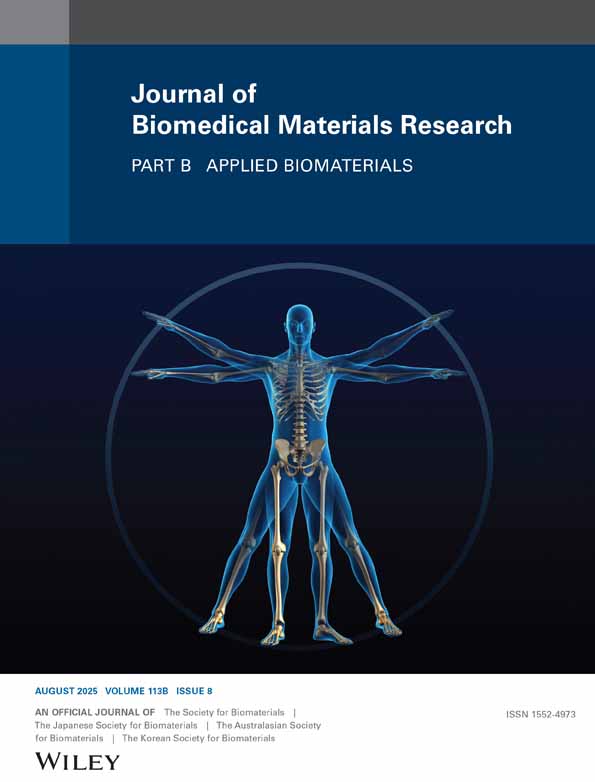Simultaneous comparison of thrombogenic reactions to different combinations of anticoagulants, activated clotting times, and materials
Abstract
Thrombogenic reactions under multiple interactions of pharmacological agents, doses, and materials have not been well understood yet. The aim of this study was to investigate the ability to simultaneously compare thrombogenic reactions to different combinations of anticoagulants, doses, and blood-contacting materials, in a single human blood using an in vitro test method. Four venous blood samples were drawn from each of six healthy volunteers into syringes that contained two different amounts of heparin and argatroban to set the activated clotting time (ACT) to approximately 200 or 500 s, respectively. The four blood samples from each volunteer were immediately poured into two clinical-grade extracorporeal circulation tubes: a polyvinyl chloride (PVC) tube and a poly(2-methoxyethyl acrylate)-coated (PMEA) PVC tube. These tubes with an inner diameter of 12.7 mm were rotated at 183 rpm in a 37°C chamber for 10 min. The results indicated that the in vitro thrombogenicity test method was capable of assessing differences in platelet factor 4 and β-thromboglobulin increases among different combinations of the two materials, two anticoagulants, and two ACTs. Higher amounts of total plasma proteins were absorbed on PVC tubes than on PMEA-coated tubes when using the same anticoagulant and dose. These data elucidate that the in vitro thrombogenicity test method is useful for the simultaneous quantitative evaluation of the influences of various combinations of materials, pharmacological agents, and doses on thrombogenicity in a single human blood. © 2014 Wiley Periodicals, Inc. J Biomed Mater Res Part B, 102B: 1605–1612, 2014.




